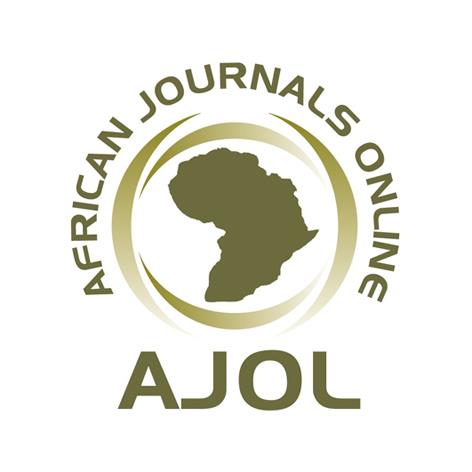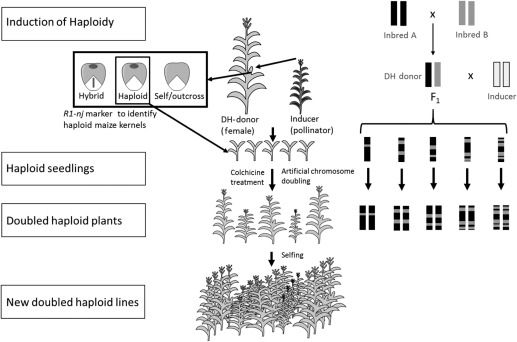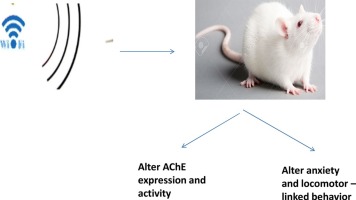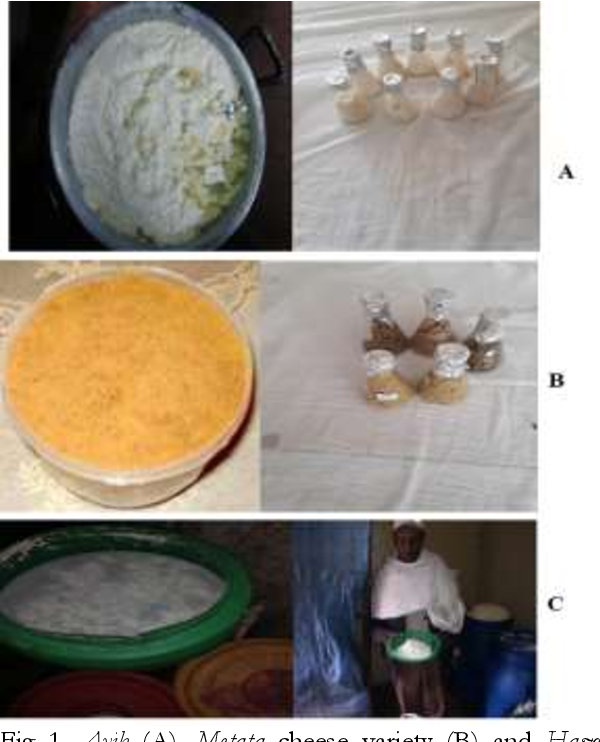Effects of Nitrogen Fertilizer Rate and Cutting Height on Morphological Characteristics and Yield of Elephant Grass (Pennisetum purpureum L.)
Downloads
Background: Elephant Grass (Pennisetum purpureum L.) is a forage grass with high potential to improve livestock production. However, the dry matter yield of the forage crop is low because of poor agronomic and soil fertility management practices.
Objectives: This study was, therefore, conducted to evaluate the effects of nitrogen fertilizer rate and cutting height on morphological characteristics and yield of elephant grass (P. purpureum L.).
Materials and Methods: Treatments were arranged in a 3 x 4 factorial arrangement in a randomized complete block design with three replications (3 cutting heights i.e., 7.5, 15, and 22.5 cm; and 4 nitrogen fertilizer rate i.e., 0, 69, 115, and 161 kg N ha-1). Data on morphological characteristics and yield of elephant grass (P. purpureum L.) were collected and subjected to the analysis of variance using the general linear model procedure of the statistical analysis system version 2004.
Results: Most morphological characteristics of elephant grass increased (P < 0.05) as cutting height and nitrogen fertilizer rate increased, except for weight per tiller, tiller diameter, and internode length. Forage dry matter yield was in the order of 0 < 69 < 115 = 161 kg N ha-1 and 7.5 < 15 = 22.5 cm. Looking at the combination of the two factors 115 kg N ha-1 x 22.5 cm and 161 kg N ha-1 x 15 cm treatments resulted in greater dry matter yield of 6.25 and 6.45 ton DM ha-1 cut-1, respectively, and 115 kg N ha-1 was economically feasible.
Conclusions: This study suggests that the rate of 115 kg N ha-1 x 22.5 cm cutting height is optimum for intensive cultivation of the forage crop with high dry matter yield at reduced nitrogen fertilizer cost.
Copyright (c) 2020 Hussen Ebrahim, Fasil Negussie, Getachew Animut

This work is licensed under a Creative Commons Attribution-NonCommercial-NoDerivatives 4.0 International License.
- I am authorized by my co-authors to enter into these arrangements.
- I warrant, on behalf of myself and my co-authors, that:
- the article is original, has not been formally published in any other peer-reviewed journal, is not under consideration by any other journal and does not infringe any existing copyright or any other third party rights;
- I am/we are the sole author(s) of the article and have full authority to enter into this agreement and in granting rights to Springer are not in breach of any other obligation;
- the article contains nothing that is unlawful, libellous, or which would, if published, constitute a breach of contract or of confidence or of commitment given to secrecy;
- I/we have taken due care to ensure the integrity of the article. To my/our - and currently accepted scientific - knowledge all statements contained in it purporting to be facts are true and any formula or instruction contained in the article will not, if followed accurately, cause any injury, illness or damage to the user.
- I, and all co-authors, agree that the article, if editorially accepted for publication, shall be licensed under the Creative Commons Attribution License 4.0. If the law requires that the article be published in the public domain, I/we will notify Springer at the time of submission, and in such cases the article shall be released under the Creative Commons 1.0 Public Domain Dedication waiver. For the avoidance of doubt it is stated that sections 1 and 2 of this license agreement shall apply and prevail regardless of whether the article is published under Creative Commons Attribution License 4.0 or the Creative Commons 1.0 Public Domain Dedication waiver.
- I, and all co-authors, agree that, if the article is editorially accepted for publication in Haramaya Journals, data included in the article shall be made available under the Creative Commons 1.0 Public Domain Dedication waiver, unless otherwise stated. For the avoidance of doubt it is stated that sections 1, 2, and 3 of this license agreement shall apply and prevail.












